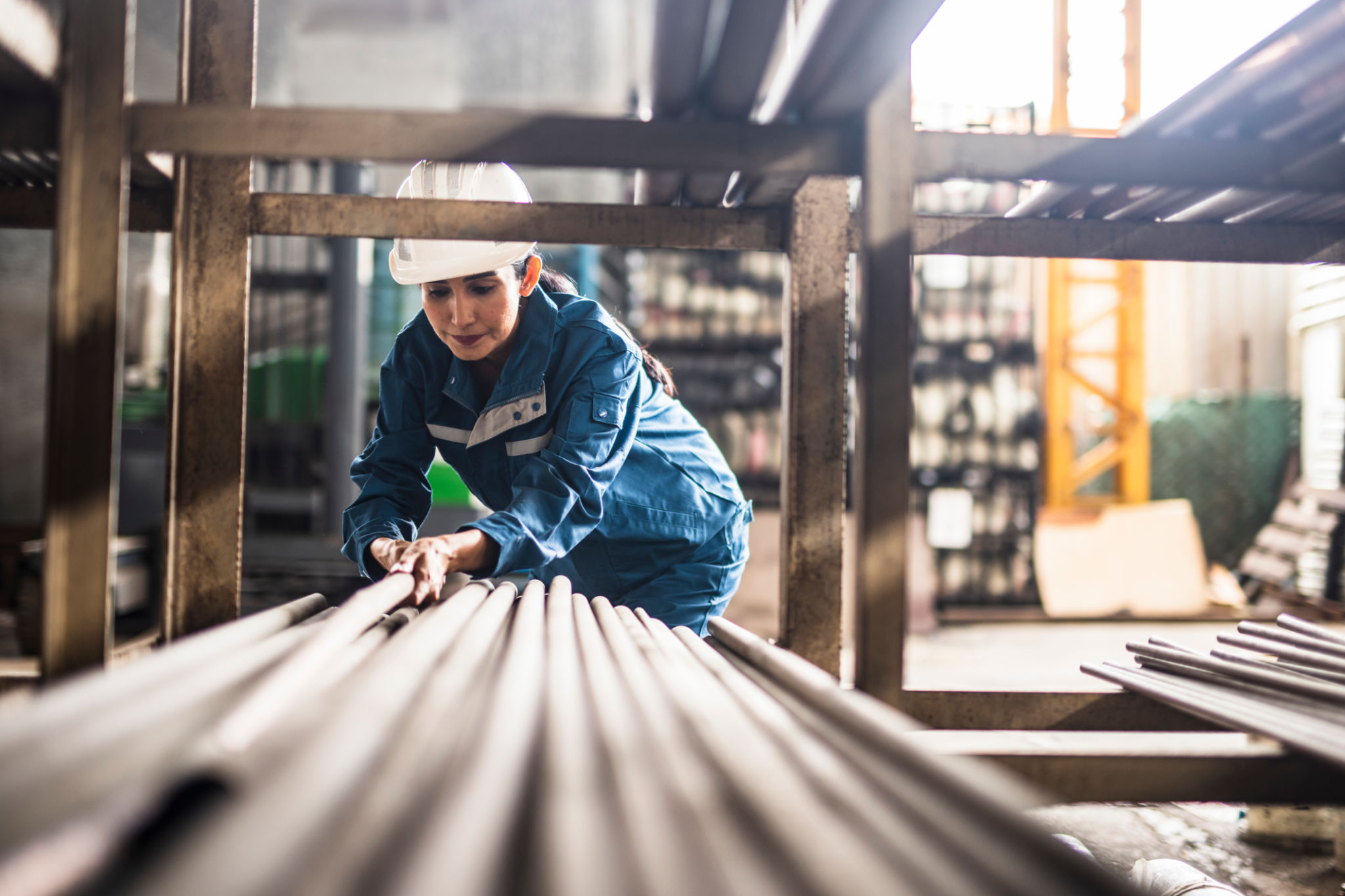How to Choose Between SLS and FDM for Your Short-Run Production Needs
Understanding SLS and FDM Technologies
When it comes to short-run production, choosing the right 3D printing technology can significantly impact the quality, cost, and turnaround time of your projects. Two popular options are Selective Laser Sintering (SLS) and Fused Deposition Modeling (FDM). Each has unique advantages and considerations, making the decision crucial for optimal results.
Selective Laser Sintering (SLS) is a technique that uses a laser to sinter powdered material, binding it together to create a solid structure. On the other hand, Fused Deposition Modeling (FDM) involves melting and extruding thermoplastic filament layer by layer to build an object. Understanding the differences can help you choose the right method for your needs.

Material Considerations
One of the primary factors to consider is the type of material you plan to use. SLS is versatile, capable of working with a wide range of materials such as nylon, polyamide, and even metals. This allows for durable and heat-resistant parts. FDM, however, typically uses thermoplastics like ABS, PLA, and PETG, which are more suitable for less demanding applications.
If your project requires specific material properties, SLS might be the better choice. Its capability to produce complex geometries without the need for support structures adds to its appeal for certain applications.

Cost and Budget
Budget constraints are a common consideration in short-run production. Generally, FDM is more cost-effective due to lower material and equipment costs. It is a popular choice for prototypes and parts where budget is a primary concern.
SLS typically incurs higher costs due to the complexity of the equipment and the price of the powders used. However, the investment can be justified if the project demands high precision and material performance.
Quality and Finish
The quality of the finished product is another critical factor. SLS often delivers superior surface finish and greater detail, making it a preferred choice for parts requiring high precision and fine features.
While FDM can produce excellent results, it may require additional post-processing such as sanding or coating to achieve a smooth finish. This extra step can affect both the cost and time efficiency.

Production Speed
Time is often of the essence in short-run production. FDM printers are generally faster to set up and operate, making them ideal for rapid prototyping and quick turnarounds. It’s a favorite among engineers and designers for quickly iterating designs.
SLS, while potentially slower in setup and production, can produce multiple parts simultaneously, which can offset the initial time investment, especially for complex projects.
Conclusion
Choosing between SLS and FDM for short-run production needs ultimately depends on your specific requirements. Consider factors such as material properties, budget constraints, desired quality, and production speed. By carefully evaluating these aspects, you can make an informed decision that aligns with your project goals and resources.
Whether you opt for the precision of SLS or the cost-efficiency of FDM, both technologies offer unique benefits that can enhance your production capabilities.